Hubble spots an Earth-sized exoplanet just 22 light-years away
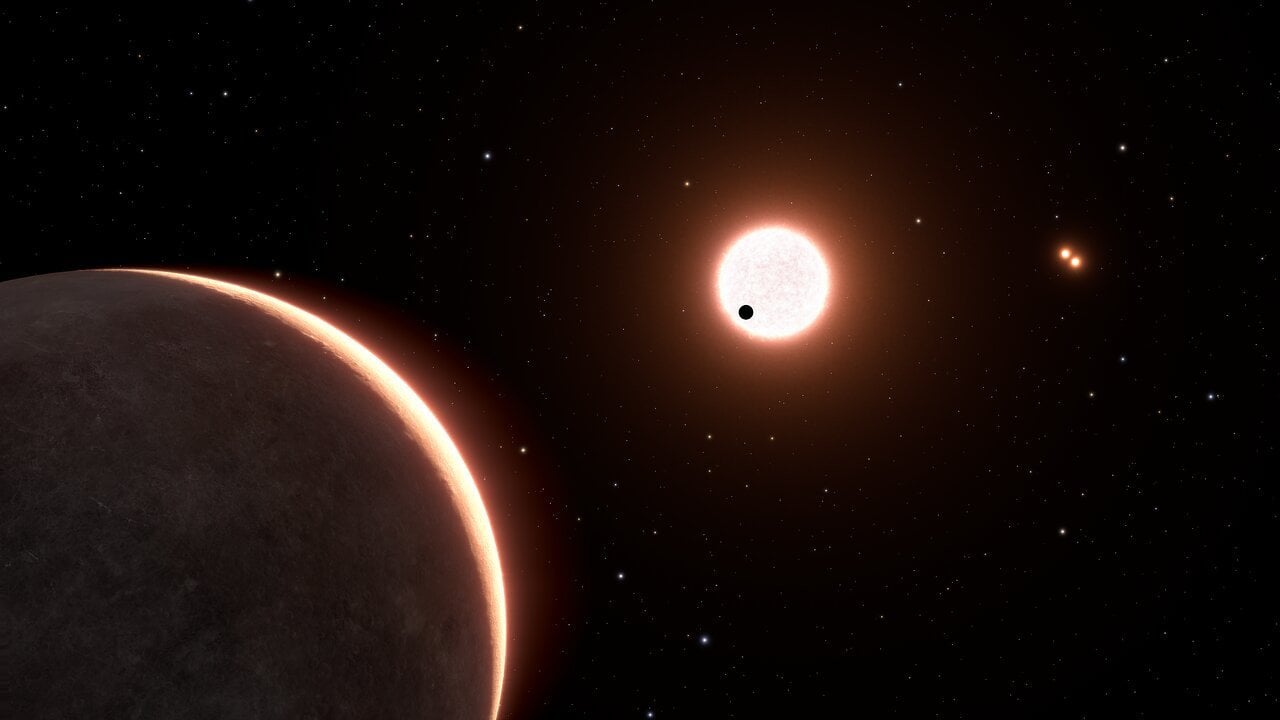
Nov 19: Although astronomers have now discovered more than 5,000 exoplanets, or planets outside of the solar system, the large majority of these planets are considerably larger than Earth. That’s partly because it’s easier to spot larger planets from tremendous distances across space. So it’s exciting when an Earth-sized planet is discovered — and the Hubble Space Telescope has recently confirmed that a nearby planet, which is diminutive by exoplanet standards, is 1.07 times the size of Earth.
The planet LTT 1445Ac was first discovered by NASA’s Transiting Exoplanet Survey Satellite (TESS) in 2022, but it was hard to determine its exact size due to the plane of its orbit around its star as seen from Earth. “There was a chance that this system has an unlucky geometry and if that’s the case, we wouldn’t measure the right size. But with Hubble’s capabilities we nailed its diameter,” said lead researcher Emily Pass of the Harvard-Smithsonian Center for Astrophysics in a statement.
The new observations show that the planet is 1.07 times the diameter of Earth, so it is a rocky planet like Earth with similar surface gravity. However, it’s not a habitable place as its surface temperature is a scorching 260 degrees Celsius. It is part of a triple star system located just 22 light-years away, making it one of the nearest exoplanets that transit across a star.
“Transiting planets are exciting since we can characterize their atmospheres with spectroscopy, not only with Hubble but also with the James Webb Space Telescope,” Pass said. “Our measurement is important because it tells us that this is likely a very nearby terrestrial planet. We are looking forward to follow-on observations that will allow us to better understand the diversity of planets around other stars.”
One of the most important abilities of the James Webb Space Telescope is its capacity for studying the atmospheres of exoplanets, which is the next step in understanding these planets and looking for Earth-like planets. But this research shows that the venerable Hubble telescope, now more than 30 years old, continues to be important for exoplanet research as well.
“Hubble remains a key player in our characterization of exoplanets,” said Laura Kreidberg of the Max Planck Institute for Astronomy, who was not involved in this research. “There are precious few terrestrial planets that are close enough for us to learn about their atmospheres — at just 22 light years away, LTT 1445Ac is right next door in galactic terms, so it’s one of the best planets in the sky to follow up and learn about its atmospheric properties.”
The research is published in The Astronomical Journal.
(Digital Trends)



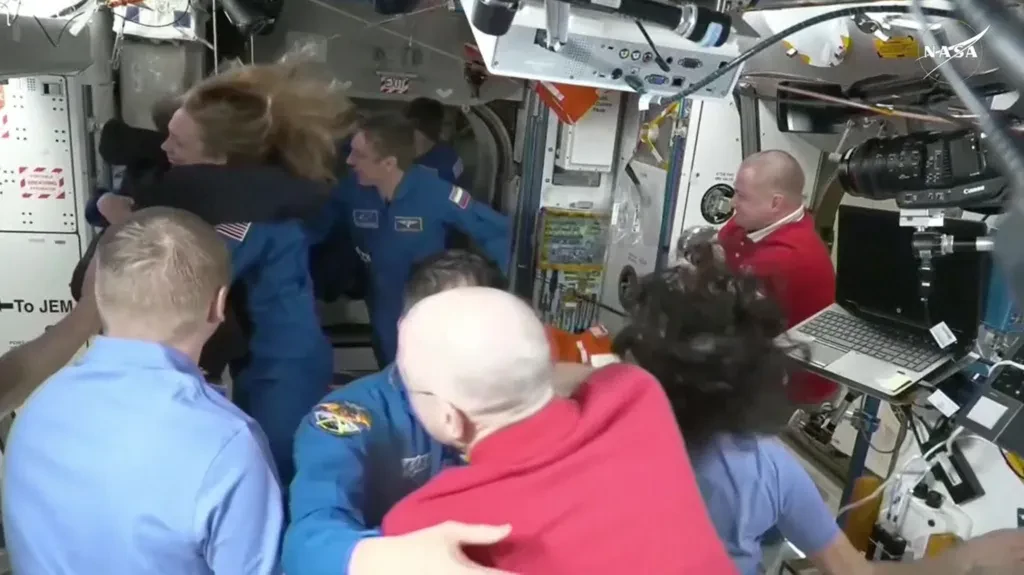
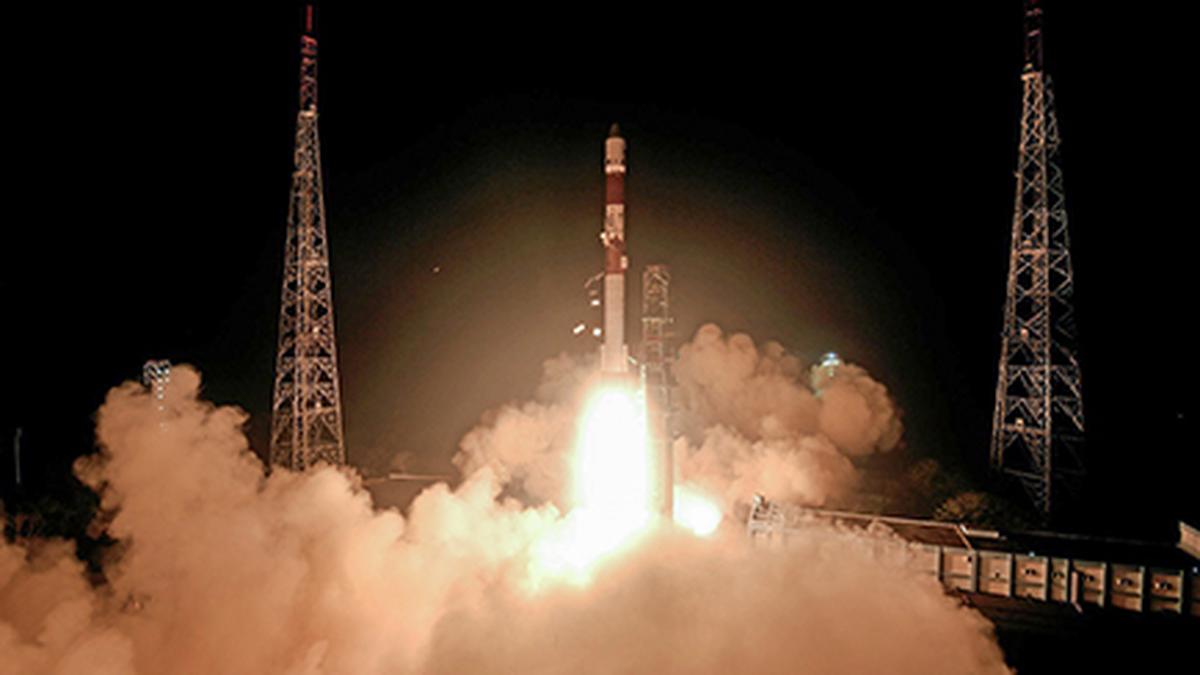

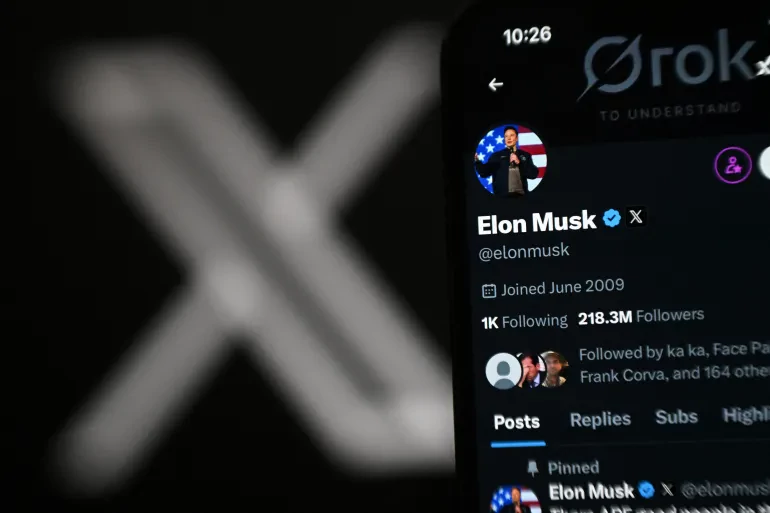


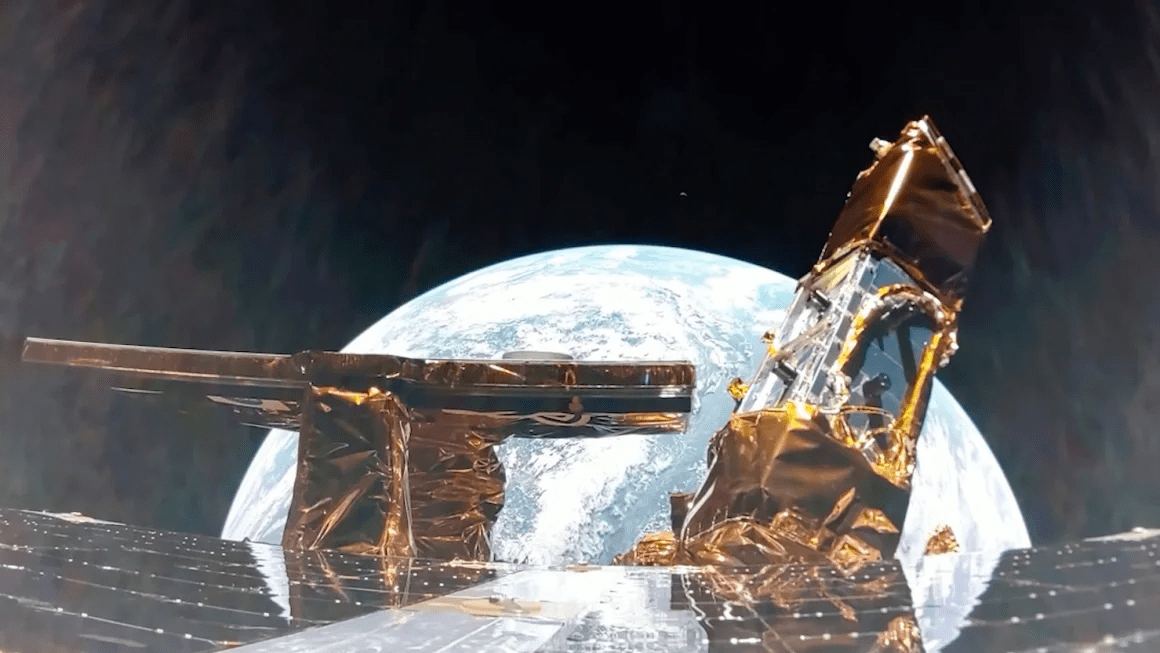
Leave Comment